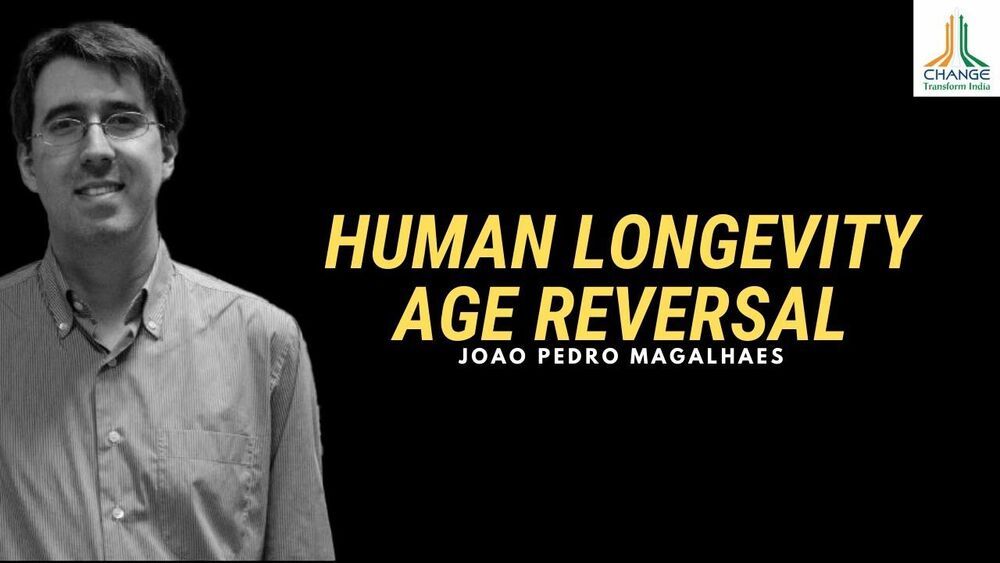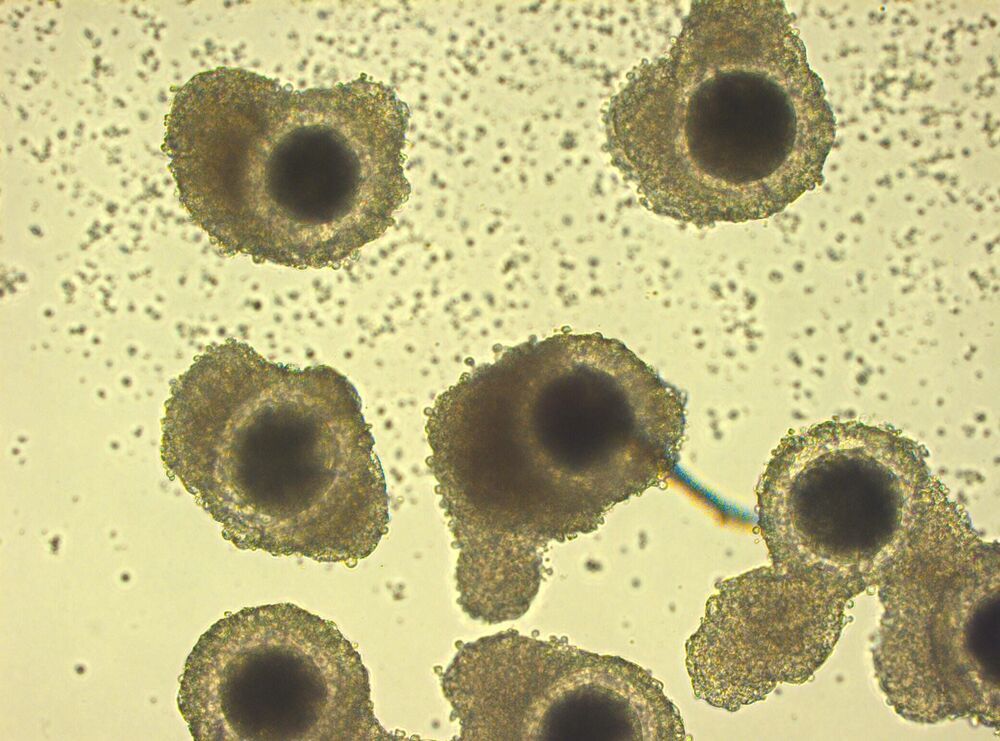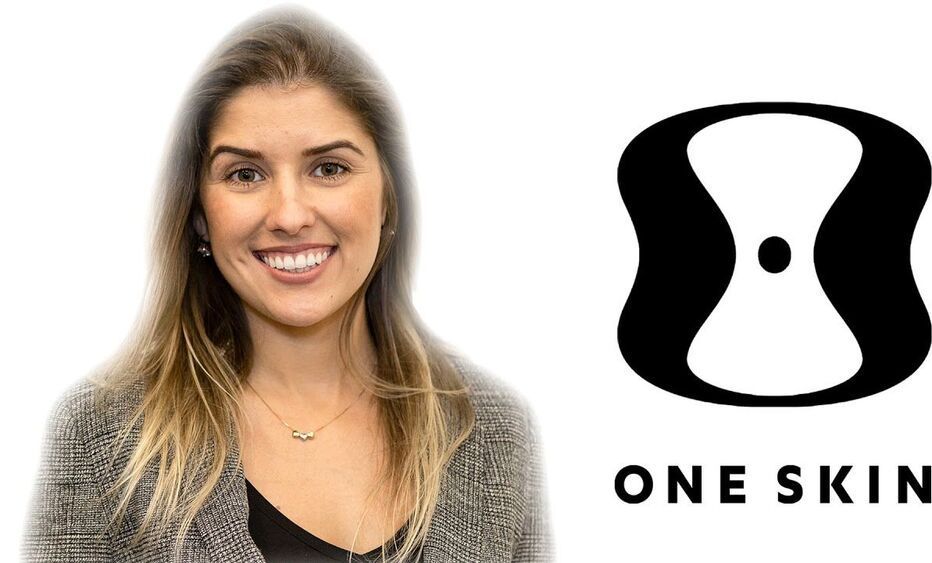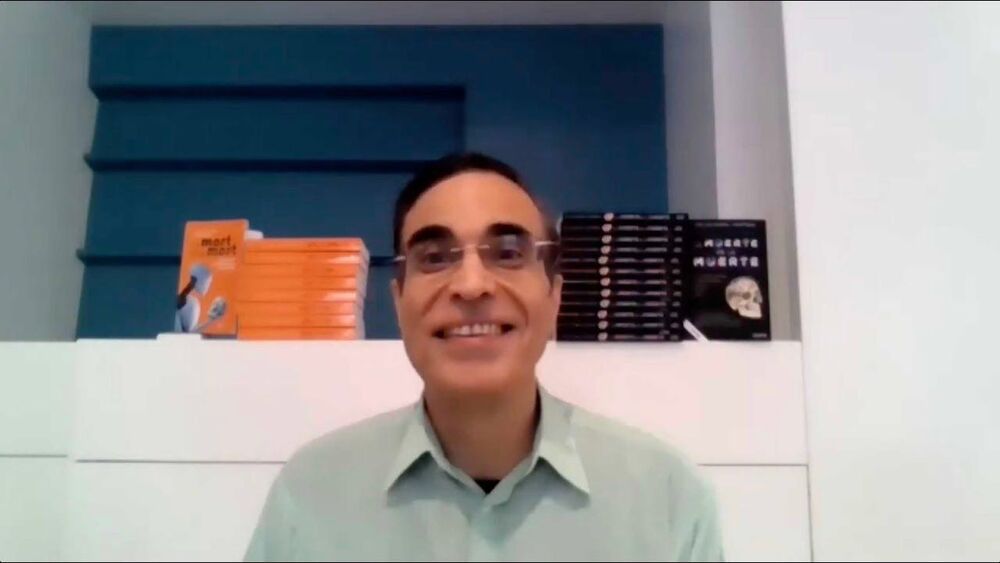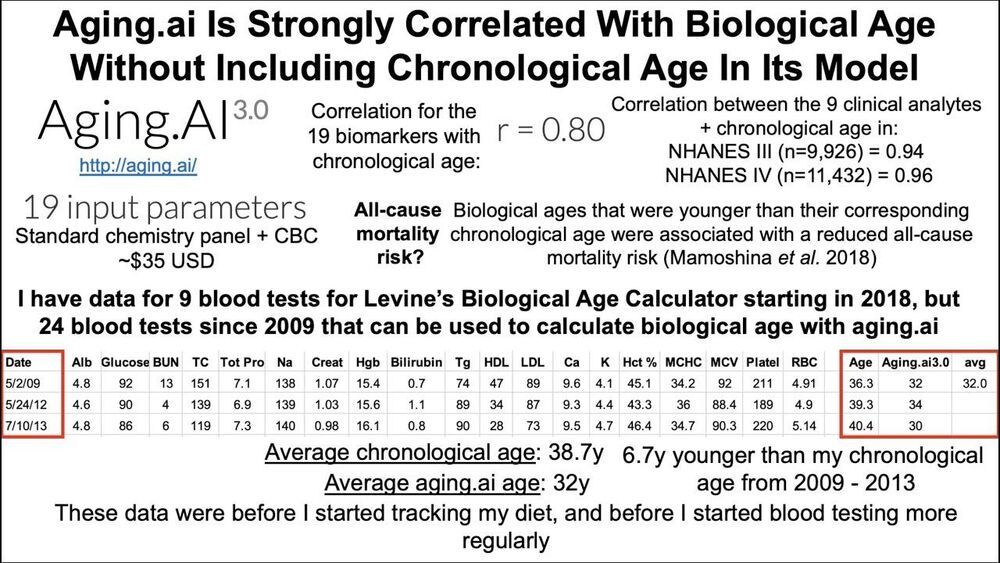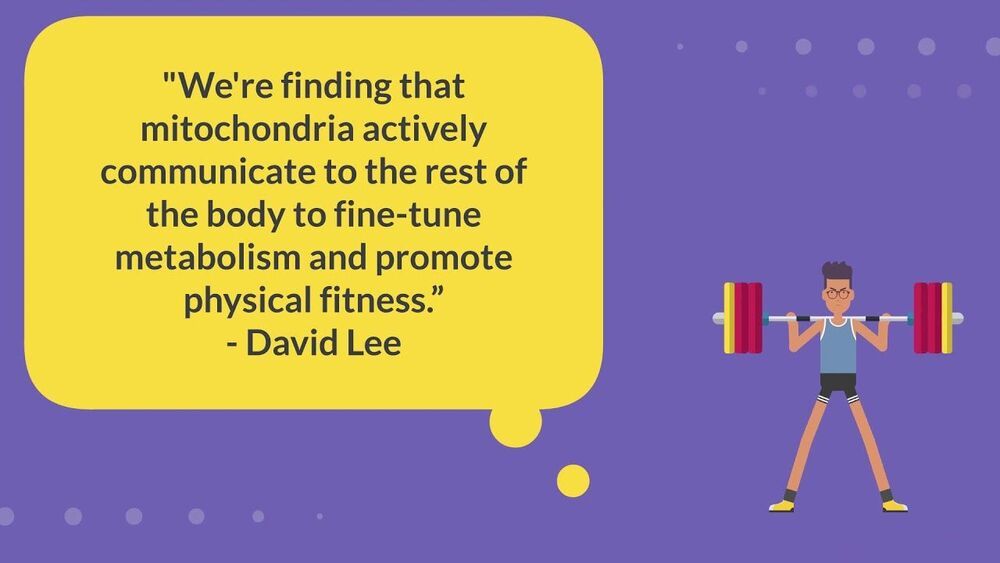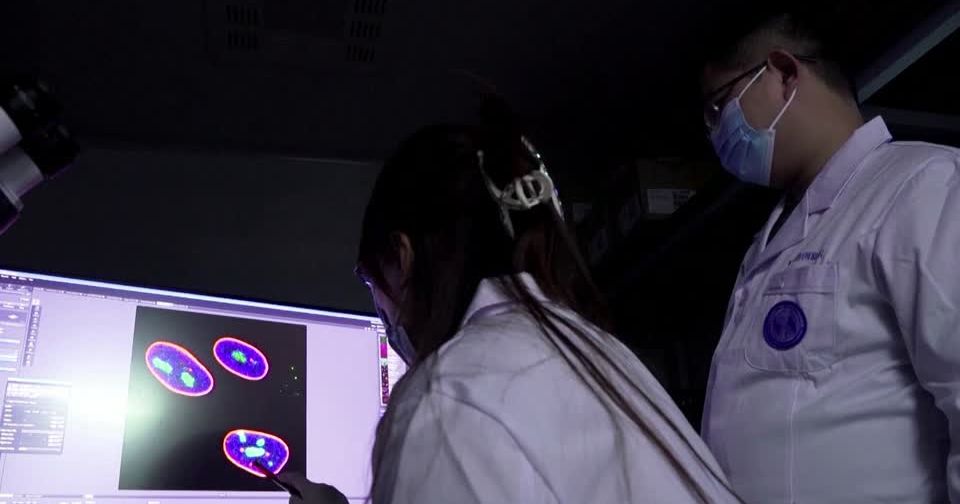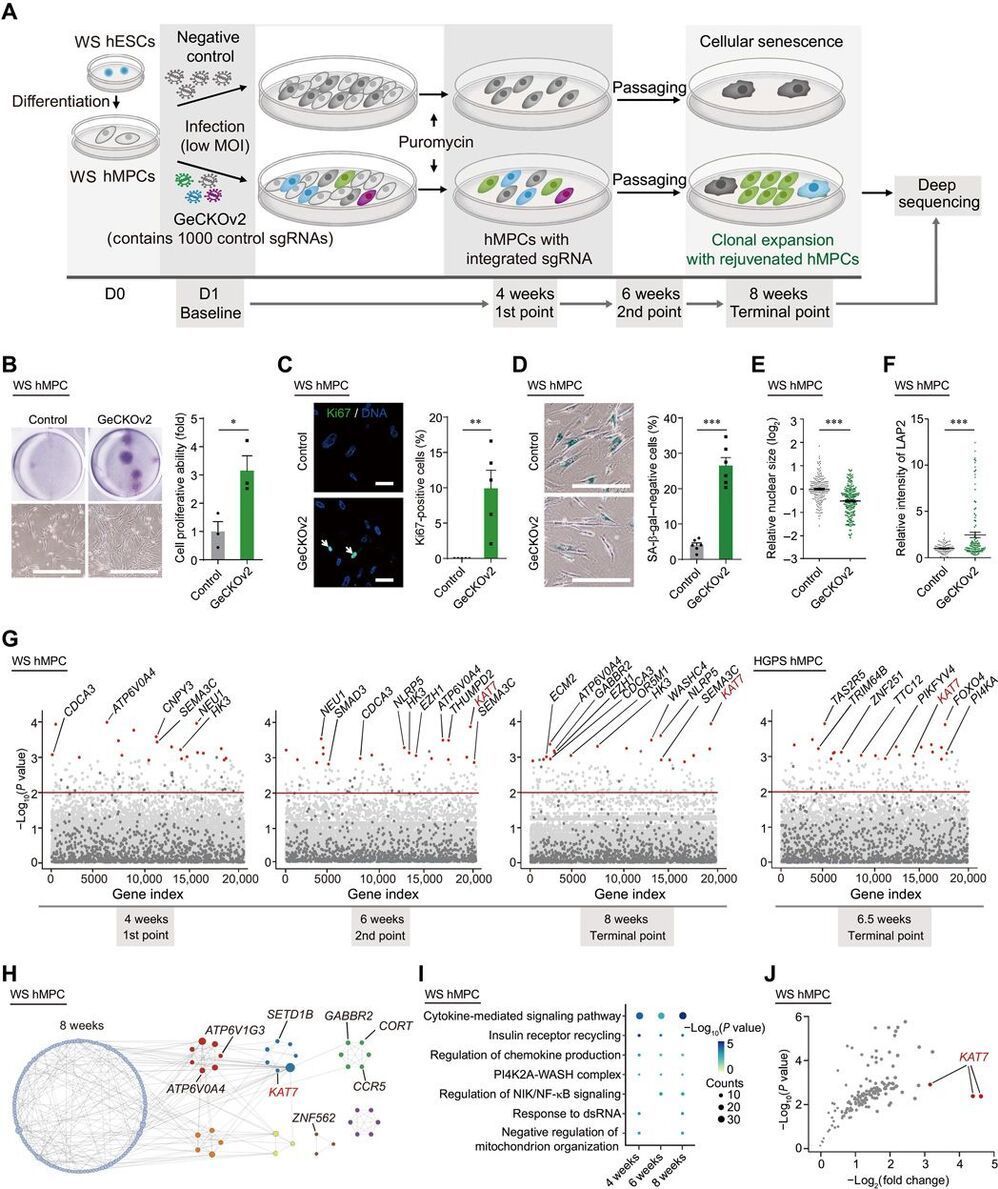Forever we have held a view that AGING, DISEASE & DEATH is an un-alterable eventuality, those who dared question were ostracised for playing God.
If you choose to look deeper you will surely be amazed. Bowhead whales live for over 200 yrs “Turriptosis Dohnri” is a Jellyfish that lives forever. Can these #genetics traits be replicated in humans? Could the removal of #senescence #cells that accelerates aging be the answer Is it even possible to control or reverse aging? Can we grow old healthily? 150000 die every day & over 100000 of them are caused by aging.
Catch Joao Pedro de Magalhaes microbiologist at Centaura & founder at Magellan Science Ltd. share his insights on the science of #humanlongevity #gerontology.
Change Transform INDIA-CHANGE I M POSSIBLE is a podcast & a platform for the brave Disruptors who don’t conform to the convention. subscribe, support & share India’s 1st #futuretech #podcast #agereversal #reverseaging #longevity #immortality #science
Joao Pedro Magalhaes is a Professor at the University of Liverpool in England.
His lab studies aging and longevity, in particular at the genetic level dedicated to the biology of aging.
Prof Pedro Is working on making people live longer, healthier lives by manipulating the human aging process. he has published over 100 scientific papers, including in top journals (e.g., Science, Nature-and Cell-family journals), and has given over 100 invited talks, including a TEDx talk.
His Research on Slowing Ageing down has been widely featured in scientific outlets (Science, Scientific American, New Scientist, etc.) and in the popular press (BBC, CNN, Time magazine, the Washington Post, the Financial Times and many others).
Prof Pedro is also an advisor/consultant to various organizations, including nonprofit foundations, universities, investment funds and biotech companies.
He Believes that the human condition is only the beginning of the extraordinary journey of the mind through the universe. Technologies like genetic engineering, stem cells, cybernetics, and nanotechnology will allow us to ‘hack’ biology and evolve beyond our current human limits. he calls himself a “transhumanist” & defends that humankind stands a better chance of survival if we understand and employ technology rather than if we try to ban it.
Prof Pedro’s work on predicting how technology will shape the human condition has been published in magazines such as Futures and The Futurist, and in newspapers like The Independent. He is an atheist with a life philosophy merging humanism, utilitarianism, and objectivism.
“May the dreams of today become the future”
http://jp.senescence.info/about.html.
https://twitter.com/jpsenescence.
https://uk.linkedin.com/in/joaopedrodemagalhaes.
https://www.liverpool.ac.uk/ageing-and-chronic-disease/staff/joao-de-magalhaes/
